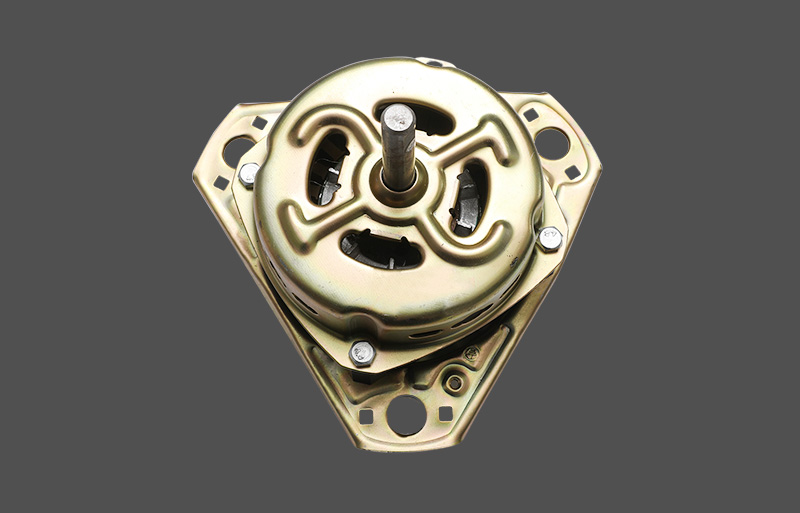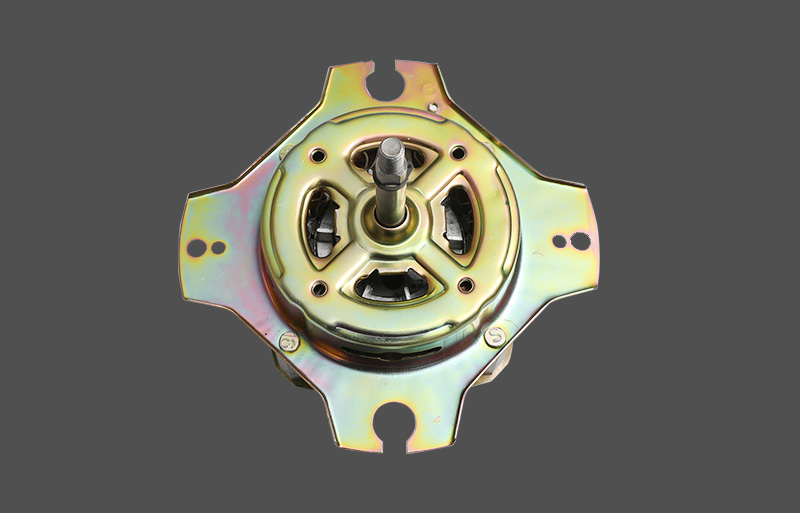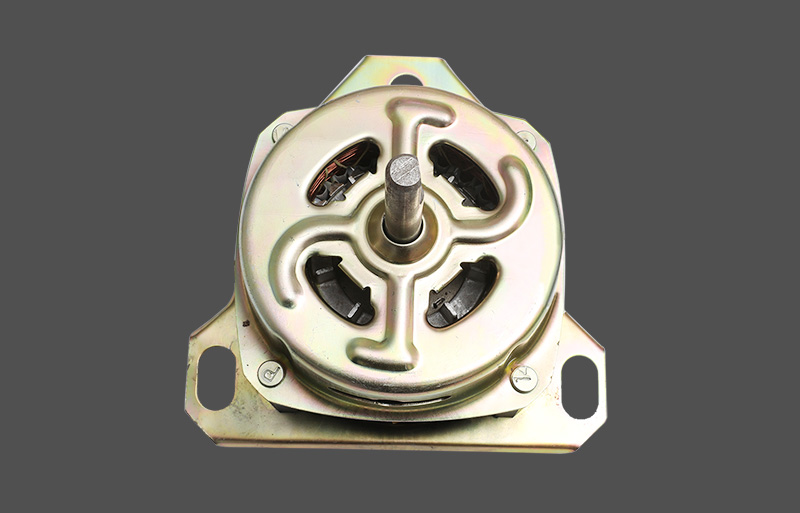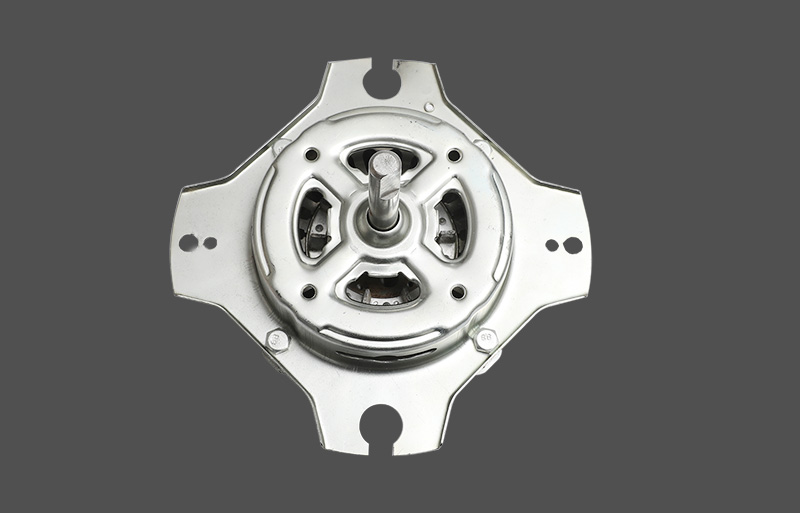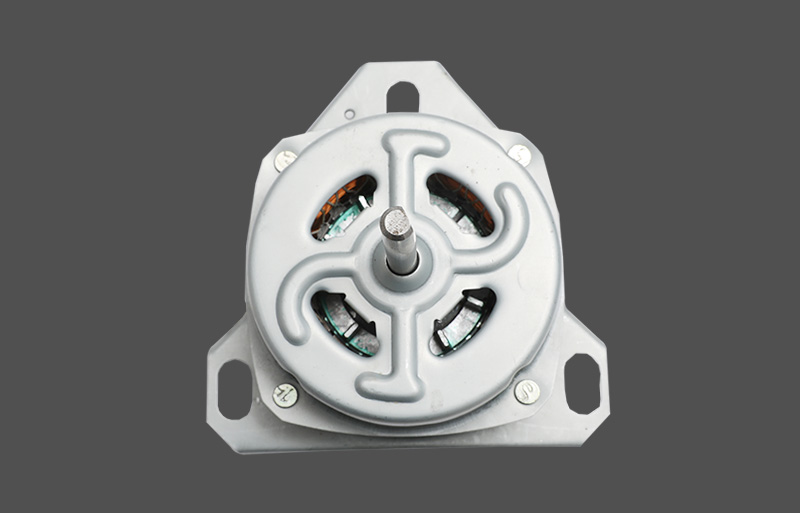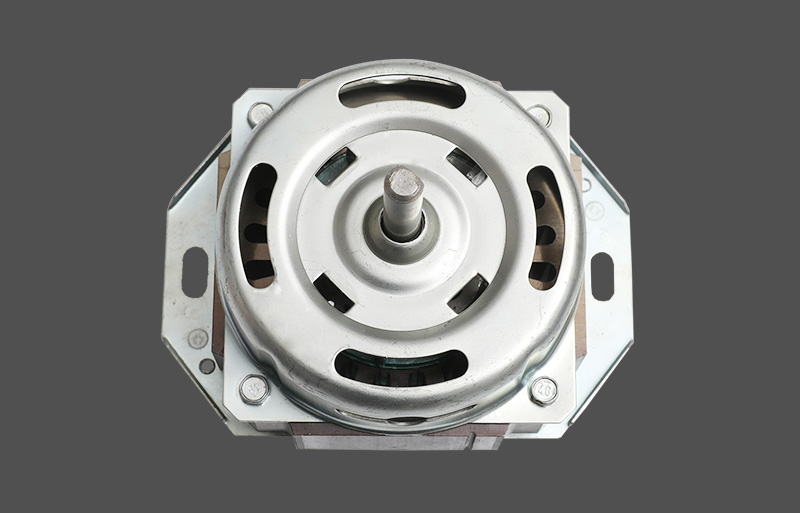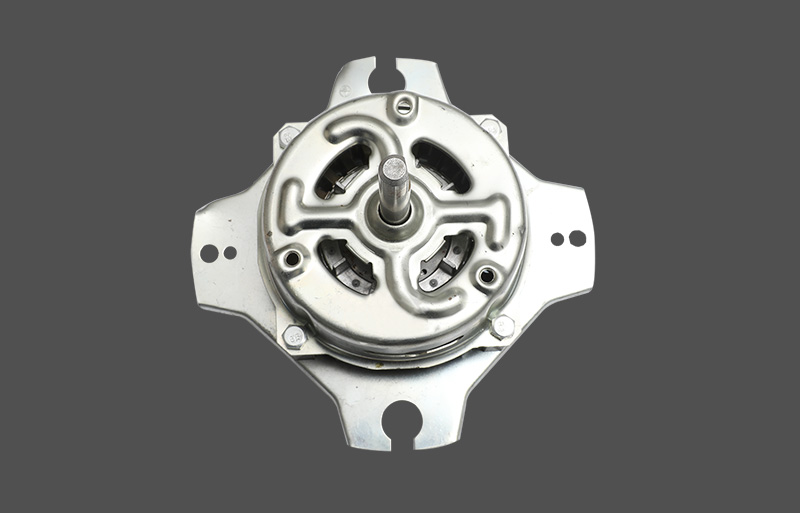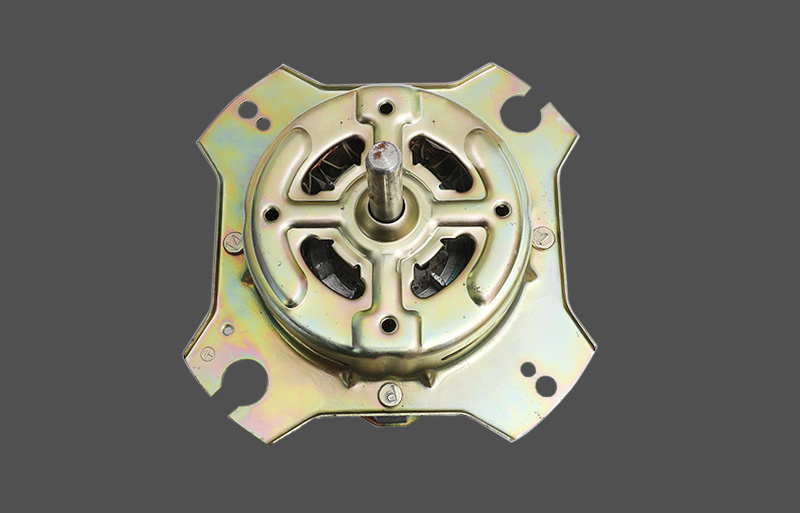In the medical equipment industry, the choice of materials plays a vital role in the design of the motor, one of the core components of the ventilator. The characteristics of the material not only directly affect the performance of the motor, but also have a profound impact on its reliability, safety and service life. Therefore, when designing a ventilator motor, engineers must carefully select the materials to ensure that the motor can operate stably in a strict medical environment.
Selection of electromagnetic materials
The winding of the motor is a key component to achieve the conversion of electrical energy into mechanical energy, so the selection of winding materials is crucial. The ideal winding material should have high conductivity, high heat resistance and excellent corrosion resistance. Among many materials, copper and aluminum are the most commonly used choices. Copper is usually given priority due to its excellent conductivity and good corrosion resistance. For permanent magnet motors, the selection of permanent magnets is even more critical. High-performance permanent magnet materials, such as neodymium iron boron (NdFeB) and samarium cobalt (SmCo), are widely used due to their high magnetic energy product and stable magnetic properties. However, the sensitivity of these materials to temperature and chemical environment requires appropriate protection measures to be taken during use to prevent performance degradation.
Selection of structural materials
The material of the motor housing is equally important. The housing needs to have good mechanical strength, corrosion resistance and excellent heat dissipation performance. Aluminum alloy and stainless steel are common choices. Aluminum alloy is favored for its light weight and good heat dissipation performance, while stainless steel is known for its excellent corrosion resistance and mechanical strength. In addition, as a key friction component in the motor, the material selection of the bearing directly affects the operating efficiency and life of the motor. Rolling bearings and sliding bearings are two common forms, among which rolling bearings are more common due to their low friction, high efficiency and long life. Its materials are usually high-carbon chromium bearing steel or stainless steel, which exhibit excellent wear resistance and corrosion resistance.
Inside the motor, the choice of insulation materials cannot be ignored. Windings and other electrical components require reliable insulation protection to prevent current leakage and short circuits. Materials such as polyimide, polyester and epoxy resin are widely used for insulation protection inside the motor due to their excellent electrical properties and heat resistance.
Selection of thermal management materials
The ventilator motor generates a lot of heat during operation, so effective thermal management measures are essential. The selection of heat dissipation materials is crucial to ensure the stability of the motor. Common heat dissipation materials include aluminum alloy, copper alloy and graphite. These materials have good thermal conductivity and can effectively transfer the heat inside the motor to the external environment. In addition, thermal interface materials establish an effective heat conduction path between different components inside the motor. Common thermal interface materials include thermal grease, thermal pads and thermal tape. These materials can fill the tiny gaps between components, thereby improving the efficiency of heat conduction and ensuring the reliability of the motor when running under high load.




